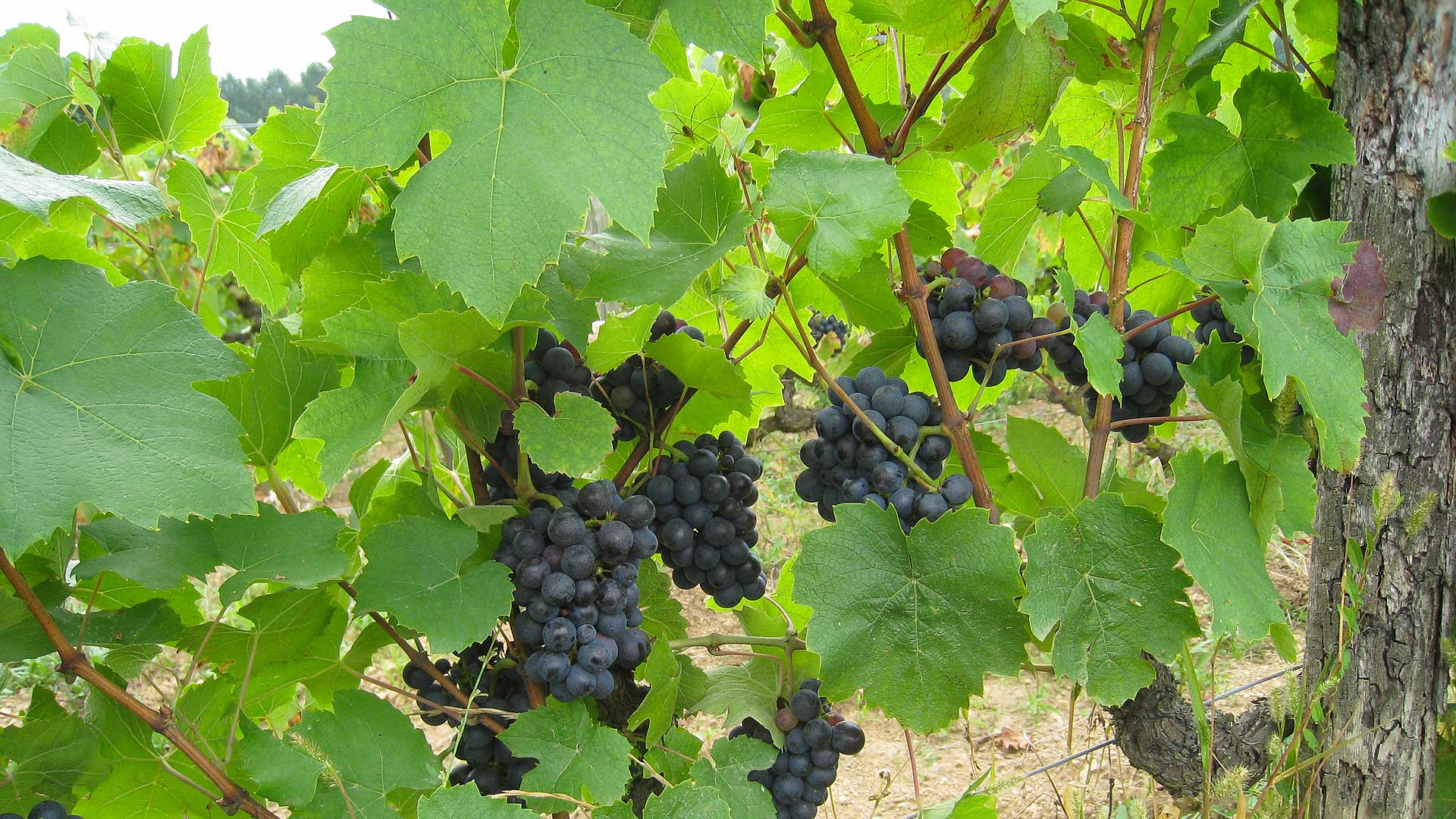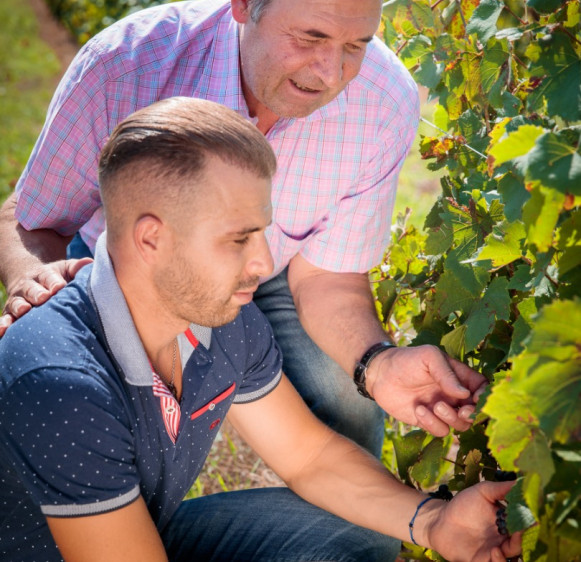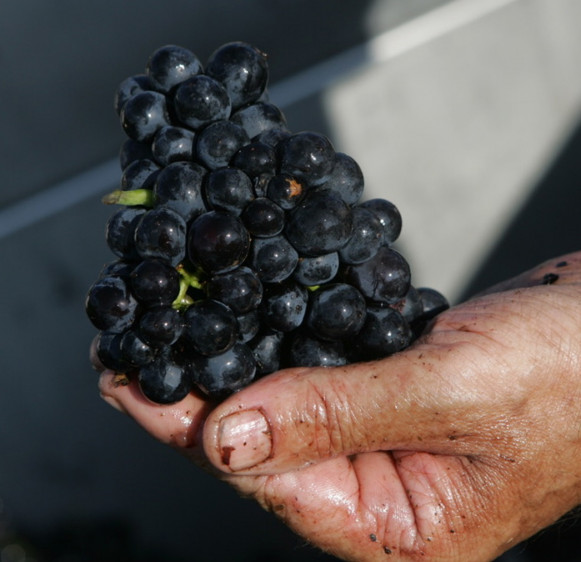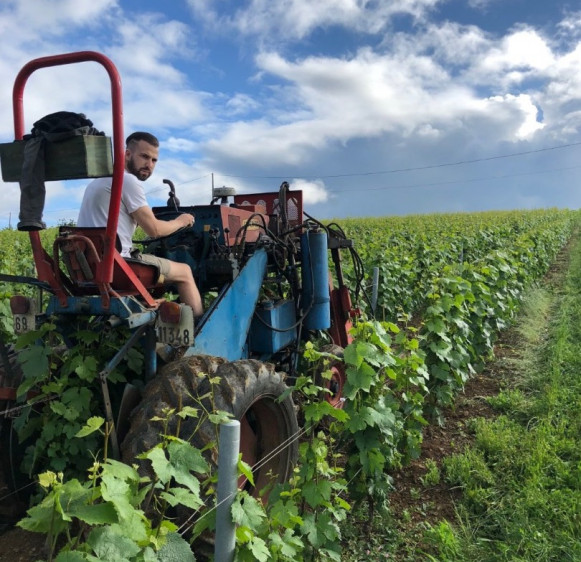The Chermette family has always been passionate about the art of making wine and its motto is the following.
The art of making wine the closest to the grape «We want to obtain a healthy and fully ripe grape to vinify the wine as naturally as possible».
In both vine-growing and winemaking, Jean-Etienne Chermette seeks to intervene as little as possible. He respects the terroir, allowing it to express itself authentically in each of his cuvées.

The sustainable agriculture
For the time being, the latest vintages are benefiting from global warming. The harvest has come earlier, and the wines have good structure and natural alcohol levels. Jean-Etienne is convinced that integrated, precision viticulture is the method best suited to today's climate. Each week, careful monitoring of our vines allows us to better define our interventions, thus limiting our environmental impact. Traceability in the vineyard as well as in the cellar offers transparency and allows us to improve our approach.
Always aiming to reduce synthetic products in the vineyard in favor of biocontrol products, we are also developing mechanical tillage and favoring natural grassing for certain plots.
The quality of our wines comes from long-term work that is reflected over the seasons.
HVE3 certification Environmental initiatives
Our efforts to protect the environment, undertaken over many years, have been rewarded in 2020 with HVE3 (High Environmental Value) certification.
We are committed to rigorously complying with the specifications. The aim is to promote sustainable viticulture that respects the environment, to ensure the production of healthy, high-quality grapes and to use, above all, natural regulating mechanisms. We promote long-term soil balance and reduce water, soil and air pollution.
In addition, we have installed underground rainwater recovery tanks to use the water for treatments and cleaning during vinification.
We have also installed photovoltaic panels, enabling us to be self-sufficient and store electrical energy. This approach avoids the release of CO2 and makes the estate part of the energy transition.

Meticulous and Respectful Work
Meticulous work in the vineyard ensures high-quality grapes through the following preventive and environmentally respectful practices:
Pruning Fall & Winter
We use short goblet, Guyot, or Royat Cordon pruning.
This pruning method, combined with green harvesting, limits yields and allows the vines to breathe and benefit from sunlight. As a result, the grapes ripen evenly and optimally.

Tillage Spring & Summer
We mechanically till the soil to remove grass under the vine rows in most of our plots, avoiding the use of chemical herbicides.

Natural Grassing Spring
Natural grass growth between rows helps limit yields and enhances microbial life in the soil.
The grassed area is mowed regularly.

Replanting Spring
Replacing dead vine stocks with young plants.

Shoot Thinning & Bud Removal Spring
Shoot thinning involves removing suckers (young shoots at the base of the vines), which are more prone to disease.
Bud removal eliminates double buds on the cane to reduce yields and provide better spacing for the vine's vegetation.

Trellising Spring & Summer
Gathering and tying the vine shoots between trellis wires in spring and summer in our trained vineyards.

Topping & Trimming Summer
Topping is the removal of shoot tips (the growing apex), which stops vertical growth and triggers the storage of nutrients in the grapes.
Trimming involves cutting the tops and sides of the canopy. We trim only once, after flowering, to reduce stress on the vine.





